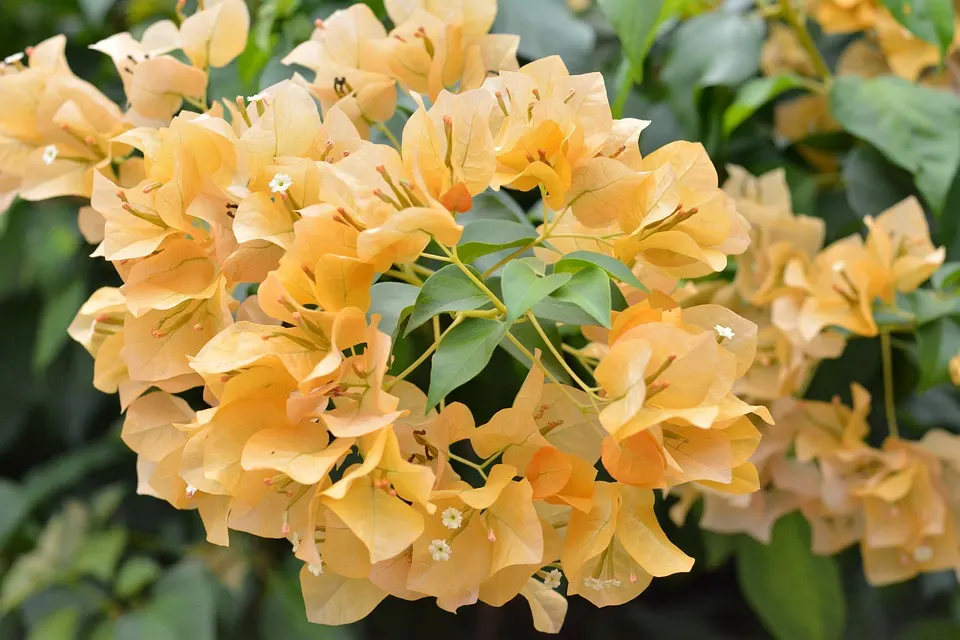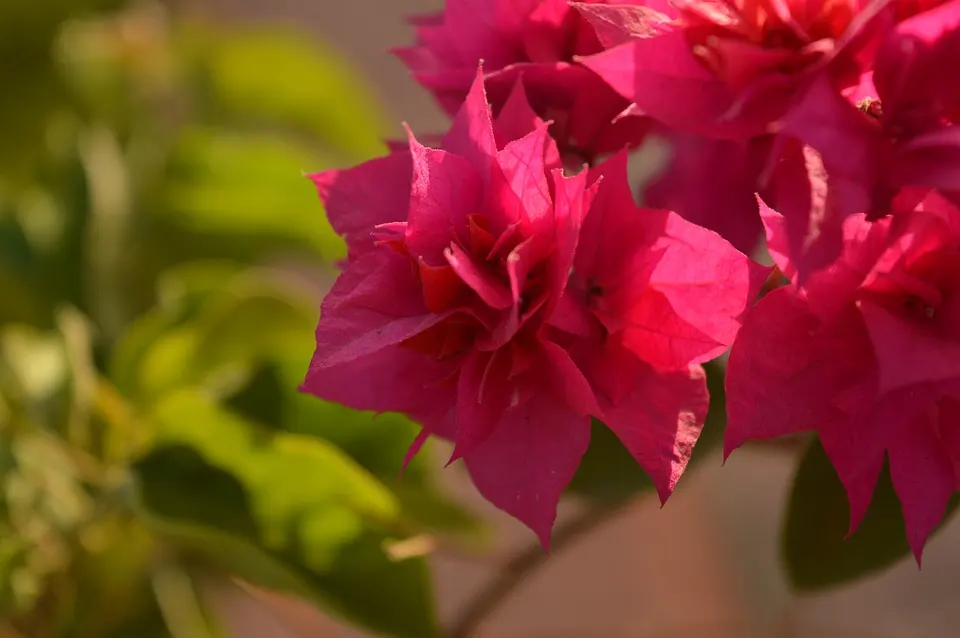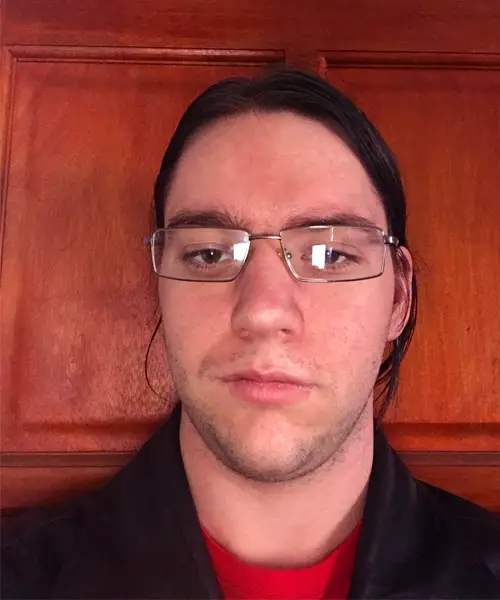Bougainvillea Rosenka
The bougainvillea rosenka is a beautiful tree to grow yourself and shares many of the same traits as other members of its family. The bonsai is gorgeous and blooms twice a year with stunning flowers.
Throughout this article, we’ll explore various factors you’ll need to know about when caring for your tree. We’ll also address common issues you may experience while growing your bougainvillea rosenka bonsai.
Here's what you'll find in our bougainvillea rosenka bonsai species guide:
Here's what you'll find in our bougainvillea rosenka bonsai species guide:
01
02
03
04
Quick Bougainvillea Rosenka Bonsai Care Sheet
If you’re planning to get a bougainvillea rosenka bonsai, here’s the information you need to know before planting.
Recommended soil
Well-drained, loamy soil.
Watering
Water enough to ensure the soil is moist and that the water penetrates deep to the roots. Ensure the soil is dry before watering again.
Potting season
Late spring, every two to three years.
Shaping and pruning season
Prune during autumn or winter, don’t trim a lot in summer for the best chances of blooming.
Light
Full sun, requiring an outdoor placement.
Fertilizing
Fertilize in spring.
Propagation methods
Propagate from cuttings during spring or summer.
Pests and diseases
Generally pest resistant when kept healthy, can be susceptible to aphids, mildew, scale, mealy bug, white fly and caterpillars when unhealthy.
How to Care for a Bougainvillea Rosenka Bonsai
When taking care of your bougainvillea rosenka, there are many steps to follow. The following will cover the best soil, watering frequency, when to report, where to keep the tree, and many more essential things you should know.
Best Soil
When potting your bougainvillea rosenka, using a loamy soil that drains well is the best option. When bonsai is overwatered, and the soil doesn’t have time to dry, it risks damaging the roots and killing your tree.
Bougainvillea grow the best when in soil with a pH between 5.5 and 6.5. As not all soil lies in this range, using a mineral or other source can help you balance the soil’s pH levels. Additionally, organic soil with a high nitrogen content will aid the growth of your bonsa9i’s leaves.
Watering
Thoroughly water your bougainvillea rosenka when the soil dries. However, check that your tree’s soil has dried before you water it, as keeping the soil wet will damage your plant’s roots. Due to this requirement, well-draining soil is essential.
Overwatering the species will cause root rot, make it susceptible to insects and disease, cause fungal issues, and potentially lead it to stop growing.
Repotting
Your bougainvillea rosenka bonsai needs to be repotted at least every three years. You can repot smaller trees every two to three years.
As the plant’s roots are fragile, be careful when repotting not to damage them. Slowly and carefully untangle the roots without using any excessive force. Once separated, the tree takes well to having its roots pruned.
Shaping and Pruning
Once your bougainvillea rosenka flowers, cut the shoots while ensuring that you leave two leaves on a shoot. You’ll need to prune the twigs and branches every autumn or winter.
If you’re shaping the bonsai, only adjust new branches as older ones are too large and more likely to snap.
Location and Sunlight
The bougainvillea rosenka requires a hearty amount of sunlight. The best location for this bonsai is anywhere that lets it receive full sunlight throughout the day. The sunlight and high temperature are required for the tree to bloom.
During its growing season, place the rosenka bonsai outside in an open area. In autumn, take the tree indoors to a place that exposes it to enough light. The indoor temperature should be between 50°F / 10° C and 59° F / 15° C.
Fertilizing
Your bougainvillea rosenka requires solid organic fertilizer once a month to grow and thrive. Alternatively, using liquid fertilizer once a week will also aid the plant’s growth. Liquid fertilizer should see most of its use in the growing season. During winter, only use the fertilizing liquid every two weeks.
Generally, a fertilizer with high iron will work well. The iron will aid your tree’s root development and health.
Propagation Methods
Bougainvillea rosenka are best propagated from cuttings. For the best outcome, propagate during the spring or summer seasons.
Pests and Diseases
Generally, the bougainvillea rosenka is resistant to almost all pests. However, the plant needs to be healthy and receive enough light each day. When weak or sickly, the plant is prone to diseases and insects.
The pests and diseases most likely to damage a bougainvillea rosenka are aphids, scales, mildew, mealy bugs, fungal issues, caterpillars, and whiteflies. Pesticides can help keep pests away, and cutting off flowers will prevent any rot that leads to diseases.
Growth Patterns
The bougainvillea rosenka grows the most during spring and summer. The plant blossoms twice a year, during autumn and spring. It’s essential to remember to cut off any wilting flowers to prevent disease and rot.
You can force the tree to flower early during these seasons by withholding water until the leaves start wilting. However, this method is dangerous and risks damaging your bonsai.
Considerations for Growing an Indoor Bougainvillea Rosenka
Growing a rosenka indoors isn’t advisable as it requires a full day of sunlight and generally high temperatures. However, if you plan to grow it indoors, ensure that you can move it into the sunlight at all times. As the tree grows, this may become an issue due to size.
Due to the sunlight and temperature reliance, the plant may grow weaker than average if kept indoors and under less-than-suitable conditions. The tree will attract pests and possibly diseases, requiring careful observation.
FAQs About Bougainvillea Rosenka Bonsai
Taking care of any bonsai can be a confusing task. These frequently asked questions will help resolve any uncertainties you have, from alternative fertilizer options to ensuring your tree blooms. These questions also address common risks of death for your bonsai tree.
While there is a technique for forcing your bougainvillea to bloom, it risks the health of your tree. To make your plant bloom, withhold the water until the leaves begin to wilt. This method will force blooming by tricking Poland to think it’s going to die soon.
One of the most essential aspects of potting a bougainvillea is keeping the soil moist enough. There should be enough space for roots that only slightly restricts them. Additionally, ensure the pot has holes for draining, as retained water will potentially kill your tree.
While taking care of your bonsai, keep it away from herbicides as it’s vulnerable to any herbicide with concentrations of 1 to 2 percent. Additionally, be careful not to overwater and ensure the plant receives enough sunlight to remove the risk of it dying.
Bougainvilleas bloom twice per year, returning during the spring and fall or winter seasons. The tree is hardy and can withstand a light freeze but will need aid during winter to survive and bloom the following season again.
Coffee grounds provide plenty of nutrients to bougainvilleas as they grow. For the best results, use only a little at a time. As the coffee can mold quickly, it’s not advisable to use it in large quantities for your bonsai.
Epsom salt is good in limited quantities. Feeding your bonsai once a month with less than a small spoonful of Epsom salt dissolved in a gallon of water will act as a substitute fertilizer. However, this option shouldn’t be a permanent solution to regular fertilizers as it doesn’t provide all the nutrients required.







